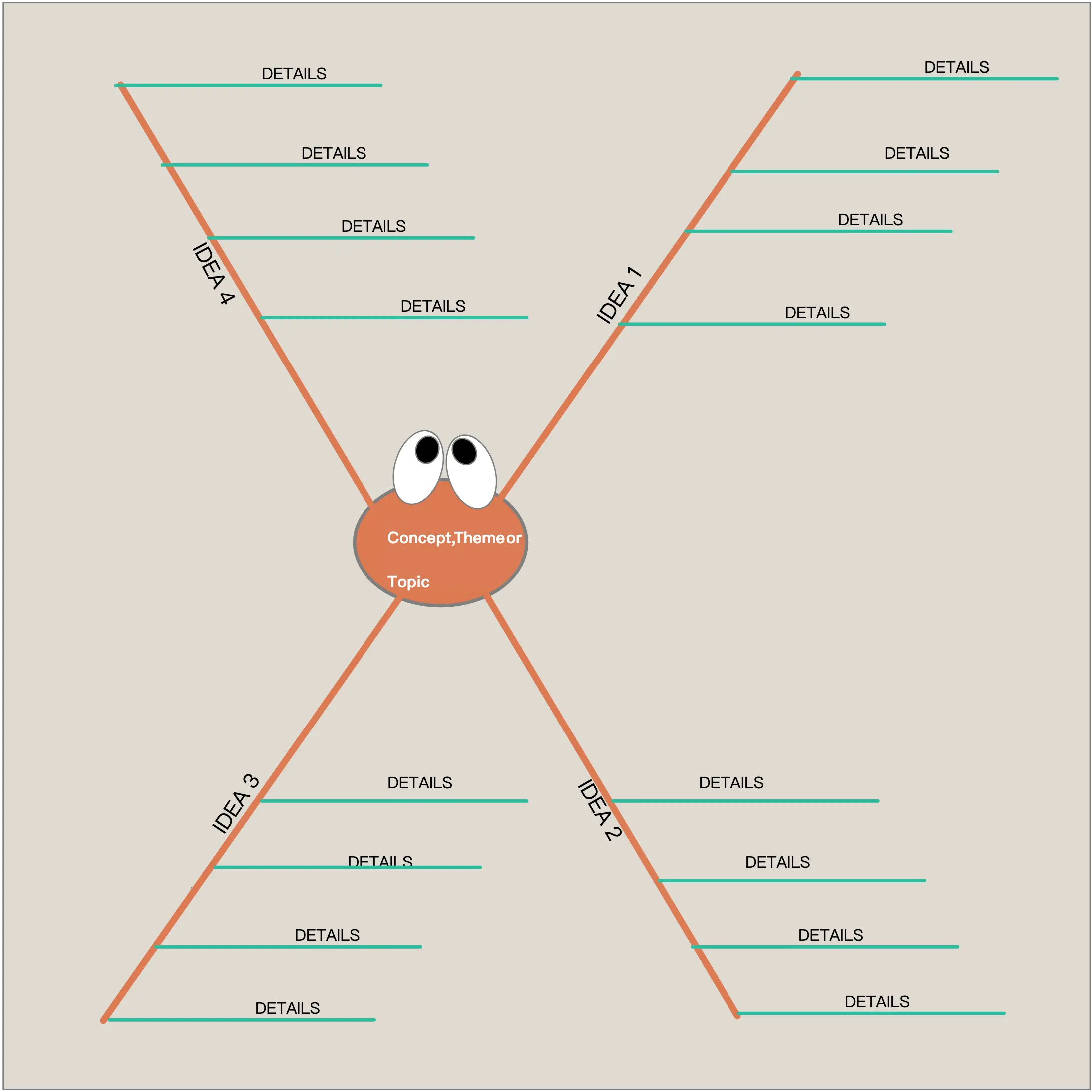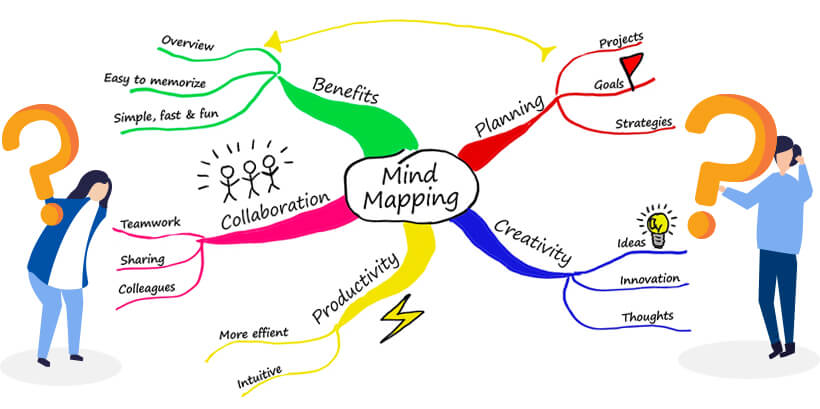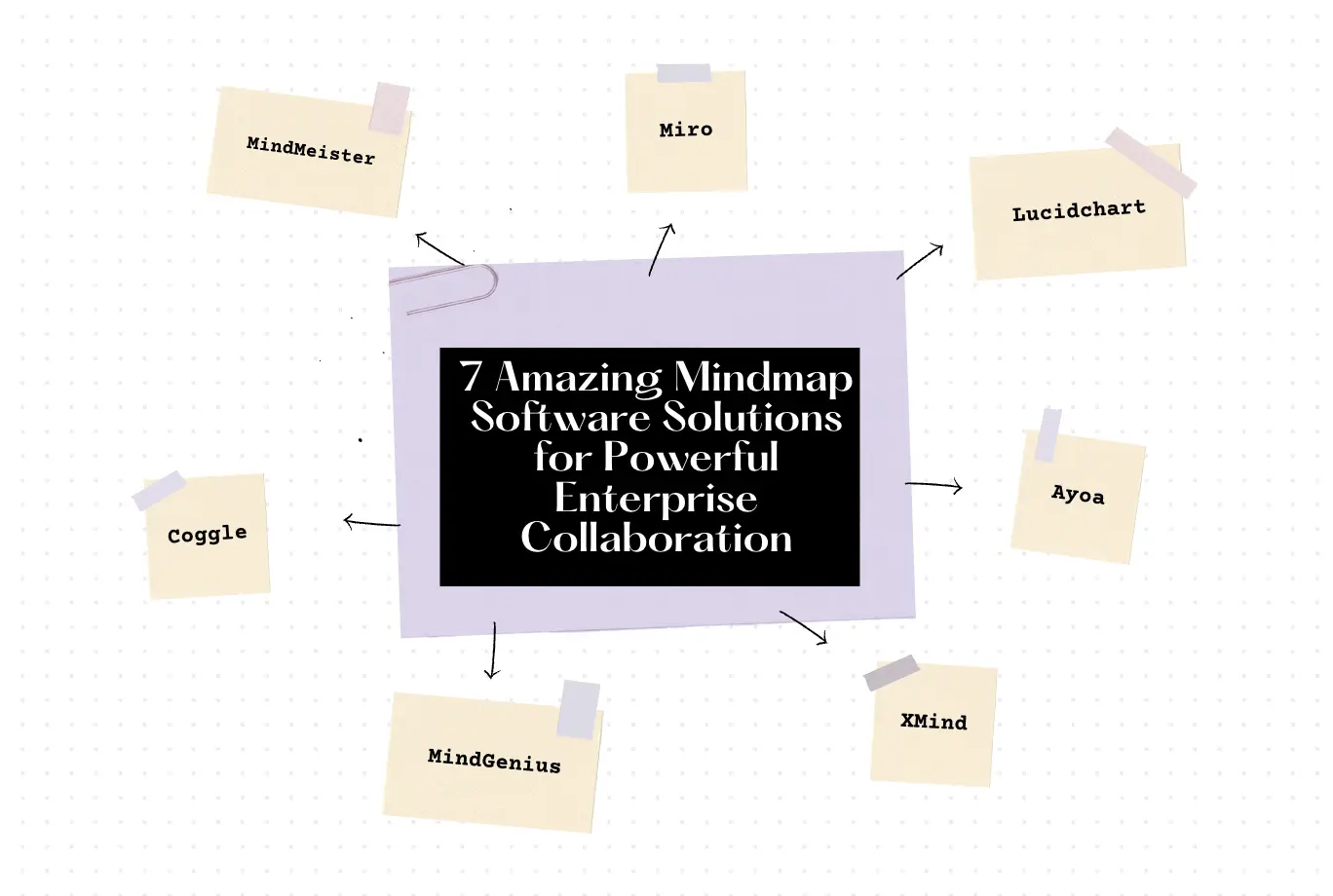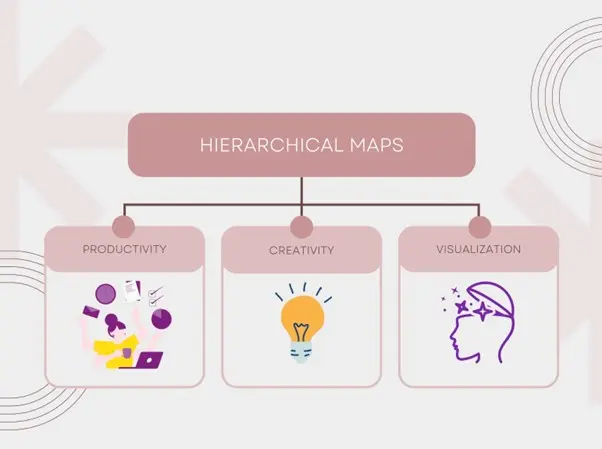
[7 Amazing Reasons] Why Spider Maps Are a Powerful Tool for Learning and Creativity
Explore the benefits of spider maps for learning, creativity, and productivity.
Education Consultant

In the fast-paced world of software development, staying organized and maintaining a clear vision can often feel overwhelming. Enter mindmaps—a visual, intuitive tool that can transform how software development projects are planned, executed, and refined. Whether you’re working on a small application or a large-scale system, mindmaps offer an incredible way to streamline your process, foster creativity, and ensure your project stays on track. Here are seven amazing reasons why mindmaps are powerful tools for software development projects.
Software development is a complex and multifaceted process that involves several challenges, including breaking down complex requirements, ensuring effective collaboration, managing project timelines, fostering creativity, maintaining comprehensive documentation, tracking progress, and ensuring code quality. Addressing these challenges effectively is crucial for the successful delivery of a software project. This section discusses these issues and then logically lists how mindmaps can help with them.
One of the most significant challenges in software development is breaking down complex requirements into manageable tasks. Projects often start with broad, high-level goals that need to be translated into specific, actionable tasks. This process can be overwhelming, as it requires careful planning to ensure that no aspect of the project is overlooked. Additionally, the relationships between different components need to be clear to ensure a cohesive final product.
Using a mindmap, developers can start with the core concept at the center and branch out into specific modules, features, and tasks. For example, imagine you’re developing a new e-commerce platform. The central node of your mindmap could represent the platform itself, while branches extend to major components like user accounts, product listings, shopping carts, and payment gateways. Each of these branches can then be further divided into sub-tasks, such as integrating third-party APIs, designing the user interface, or setting up the backend database. This breakdown helps ensure that no aspect of the project is overlooked and that each task is clearly defined and manageable.

Image from:mindmapping.com
Agile methodologies, known for their flexibility and iterative approach, present another set of challenges, especially in terms of adapting to continuous changes and updates. Managing shifting priorities and timelines while maintaining a clear focus on project goals requires tools that can easily accommodate these changes.
Mindmaps are inherently agile—they allow for continuous adjustments and refinements. As user stories evolve or priorities shift, the mindmap can be updated in real time, providing a current visual representation of the project’s direction. This ensures that the development process remains adaptive and that the team is always aligned with the latest project goals.
Software development often involves multiple stakeholders, including developers, designers, project managers, and clients. Effective communication and collaboration among these parties are crucial to avoid misunderstandings and ensure that everyone is on the same page. However, aligning everyone’s understanding and contributions can be challenging, particularly in complex projects.
Mindmaps serve as a visual summary that can be shared with the entire team. During brainstorming sessions or sprint planning meetings, everyone can contribute to the mindmap, ensuring that all perspectives are considered. The visual nature of mindmaps makes it easier for team members to see how their tasks fit into the larger picture, thereby reducing misunderstandings and enhancing collaboration.

Image from: Venngage
Creativity is a critical component of software development, whether it involves designing user interfaces, developing new features, or solving complex bugs. However, fostering creativity in a structured environment can be challenging, as traditional linear thinking often limits the flow of ideas.
Mindmaps encourage divergent thinking by allowing ideas to flow freely in a non-linear format. When faced with a challenging problem, developers can use mindmaps to explore different solutions, link related concepts, and visually map out potential approaches. This process sparks creativity and helps teams discover innovative solutions that might not be apparent through more traditional methods.
Documentation is an essential but often tedious aspect of software development. Comprehensive documentation is necessary for future development, onboarding new team members, and ensuring continuity. However, creating and maintaining up-to-date documentation can be time-consuming and prone to errors.
Mindmaps can simplify the documentation process by visually mapping out the project’s structure, including workflows, dependencies, and key decisions. These maps can then be easily converted into formal documentation formats, such as diagrams or textual outlines, ensuring that the documentation is comprehensive, easy to understand, and readily accessible.

Image from: LD@school
Keeping track of progress and managing risks effectively is another major challenge in software development. Without a clear visual representation of the project’s current state, it can be difficult to identify potential bottlenecks or areas that require additional attention.
Mindmaps provide a visual way to monitor which tasks have been completed, which are in progress, and which are pending. This real-time overview helps project managers quickly identify any areas that may require additional resources or attention. Additionally, mindmaps can be used to map out potential risks and develop contingency plans, ensuring that the project remains on track despite any challenges.
Maintaining a clean, efficient, and maintainable codebase is crucial for the long-term success of any software project. However, code review and refactoring are often time-consuming and complex processes, especially when dealing with large codebases.
Mindmaps can provide a visual overview of the code structure and dependencies, helping reviewers see the bigger picture and identify areas for improvement. During refactoring, mindmaps can be used to plan the reorganization of code systematically, ensuring that changes are made with a clear understanding of their impact on the overall system. This approach not only improves code quality but also helps maintain a well-structured and efficient codebase.

Image from: Mindmapper
Mindmaps are more than just a planning tool—they are a powerful ally in the entire software development lifecycle. From simplifying complex requirements and enhancing collaboration to boosting creativity and supporting Agile methodologies, mindmaps offer a range of benefits that can elevate your software development projects. By integrating mindmaps into your workflow, you can ensure that your team stays organized, focused, and innovative, ultimately leading to the successful delivery of amazing software products.
Incorporate mindmaps into your next project and experience firsthand how this powerful tool can transform your approach to software development. Whether you’re a seasoned developer or just starting, mindmaps can help you navigate the complexities of your projects with confidence and creativity. So, why give it a try? You’ll be amazed at how much more efficient and effective your development process can become with the help of mindmaps.

Explore the benefits of spider maps for learning, creativity, and productivity.
Education Consultant

Discover seven powerful mindmap software solutions that can enhance enterprise-level collaboration and boost team productivity.
Education Consultant

Explores the benefits of hierarchical maps across different industries.
Education Consultant